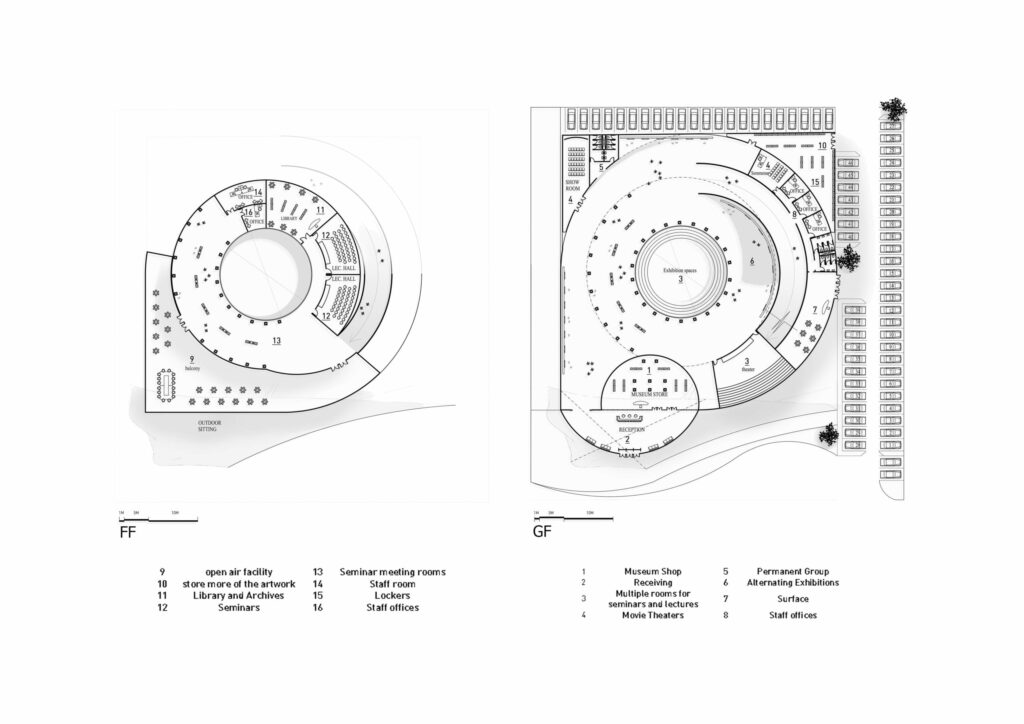At the point when we’re inside a structure, regardless of whether it’s a science lab, library, or the workplace where we work from all day, it’s not difficult to see things exclusively as far as its capacity. It can regularly seem like the inside of any development’s four dividers becomes the overwhelming focus as the main part of a plan. In such a manner, a structure’s building merits regularly drop off the radar in the examination. Yet, what of the points of interest of planning, and what does it mean for us?
Planning Roof stature
It’s conceivable that you probably won’t have thought about the stature of a room’s roof, yet the distance between an individual and a room’s most noteworthy point can particularly affect somebody’s considerations and activities. Higher roofs, like those in workmanship studios, may cultivate free, dynamic manners of thinking, while lower roofs take into consideration a more explicit, centered perspective on things. In spots, for example, working rooms, it checks out according to a planning viewpoint to have lower roofs where things require the most extreme of consideration.
Shading
Indeed, even something as basic as the inside shade of a structure can influence our state of mind and insights. Take, for example, the plan decisions in a café. Someplace that needs you to remain and have fun will decide on warm shadings cast in delicate light. Conversely, a diner where you’ll be rushed along will go for brutal lighting to get you to continue.
As needs are, the shading range can summon a specific mindset or feeling. Blues and white will more often than not bring sensations of serenity and quiet, orange is invigorating and supports energy, while accents of green can assist with easing pressure.
Lighting
Likewise, the structure’s lighting changes our sentiments and feelings as well; splendid lights, for instance, uplift how we feel in both a good and pessimistic way. Consider the tint of the lighting as well. Blue can make us feel more lively, taking into consideration errands to be finished rapidly and all the more precisely, even after openness to such shading has finished.
Normal lighting, in the meantime, has further advantages as well. Labs and work environments that permit regular daylight to stream in have been displayed to have a more beneficial outcome on laborers’ feeling of prosperity than those without windows. Openness to regular light can expand a longing to practice more, advance rest around evening time, and help with our body’s normal circadian rhythms, so we know when to feel ready and vigorous, just as when to slow down in the evening.
Indeed, even the position and heading of lighting serve to inspire a disposition or feeling. Lighting over the eye level can make a more conventional environment, while a situation underneath the eye level reduces the custom and makes a feeling of individual significance. Lighting on the dividers and roof underscores the roominess of a structure, while a lower level of lighting, emphasized by hazier regions liberated from light conjures protection and closeness.
Veneers
Outside of a structure likewise influences influencing enthusiastic reactions. How a structure looks can have a mental effect even at the most fundamental level; assuming that something looks great, it will probably satisfy us. Alternately, an inadequately planned structure will have the contrary impact. It can go further than that, notwithstanding. A complex façade is probably going to be valued; however, something relatively repetitive can be especially inconvenient to some.
Something forcing and featureless, like a high rise or a square of pads, could well objective pressure. Workers were rushing past regions where solid. The aggregate impacts of being around structures, especially for people who live close, can be exceptionally harmful, as well. Severely dull conditions can create pressure and imprudent, hazardous conduct.
Something animating, with a sleeker, more exquisite plan, can affect our temperament in a more certain way by examination.
Planning Space
The inside of a structure utilizes space for its potential benefit. Instead of planning something that directs to the singular feel, it’ll have adaptability that permits individuals to encounter.
To this end, a plan must be aware of the scope of undertakings individuals should act in their work environment. An assortment of spaces, including places for gathering or solo work, takes into consideration ideal conditions and a better workspace. There’s harmony among structure and capacity that creators and modelers should consider. Therefore, it might demonstrate troublesome without a trace of real models while spending plans can put limitations on the plan.
